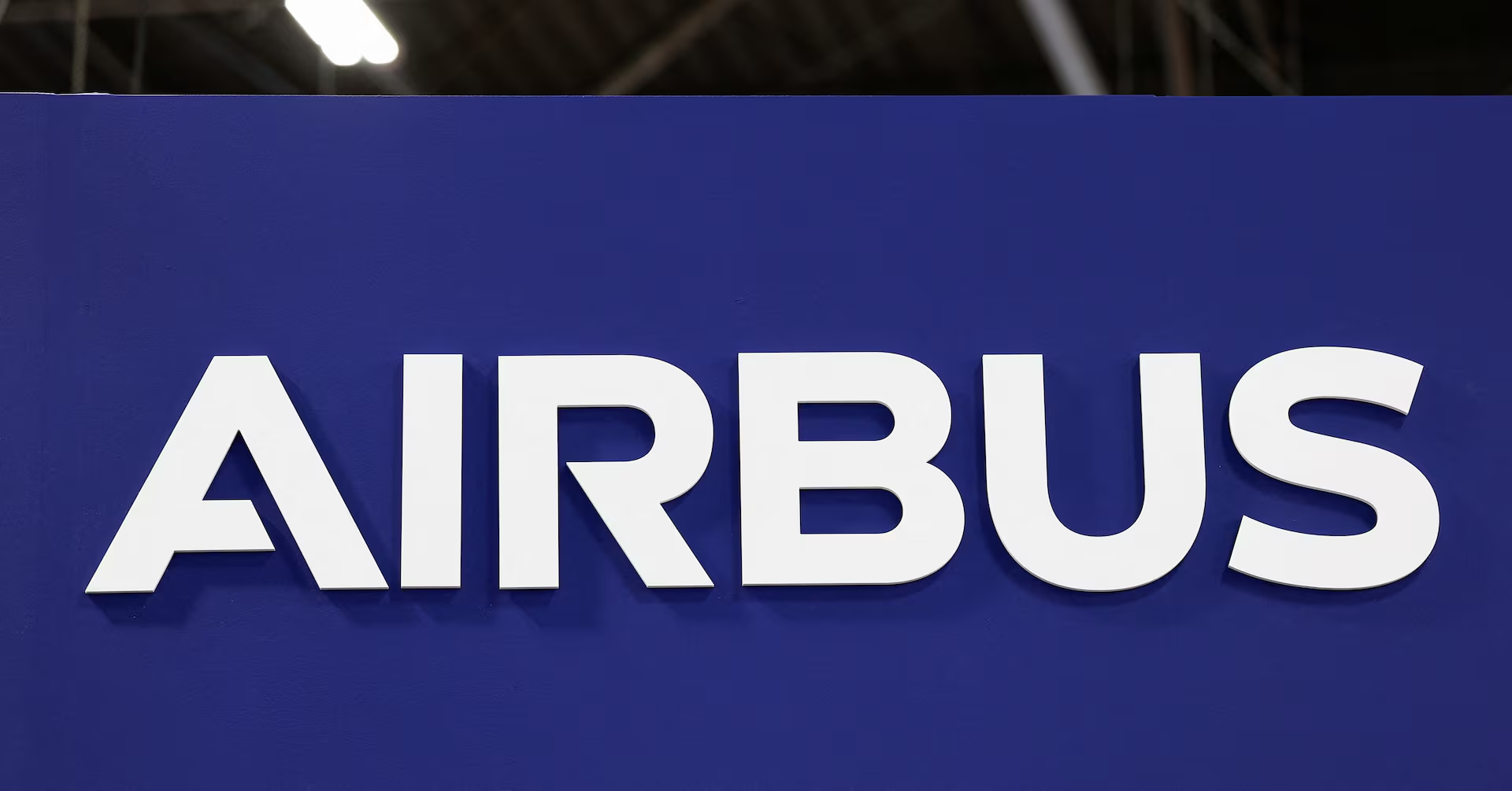The world’s biggest energy companies are returning to Libya as they hunt for new oil and gas reserves, nearly 15 years after the overthrow of Muammer Gaddafi pitched the country into political chaos that continues to this day.
A delegation from the Tripoli-based Libyan government has been visiting Washington this week to drum up interest in the country’s first auction of oil exploration licences for 18 years.
Oil majors Shell, Chevron, TotalEnergies, Eni and Repsol are all pre-qualified to bid in the round that offers exploration rights across the country, after Exxon signed a deal in August to explore for gas off the Libyan coast.
“We look forward to working with the Libya National Oil Corporation (NOC) to fully evaluate Libya’s potential and leverage ExxonMobil’s leading capabilities to jointly explore for new resources,” Exxon told the Financial Times.
The oil industry’s return to Libya started to gain momentum in July when Shell and BP confirmed they had signed agreements with the NOC to assess opportunities.
The revived interest in the country, which remains divided between two rival governments and their affiliated armed groups, comes as energy companies seek to boost their reserves, after forecasts that crude demand would be stronger for longer because of a slower transition to clean energy.
“They’re searching for more reserves and they’re returning to tried-and-tested basins,” said one senior energy banker, who added that oil majors were used to navigating politically risky environments.
The Tripoli government, which controls the west of the country, is keen to boost the country’s production from 1.4mn to 2mn barrels per day by 2030, and is offering new production sharing agreements to encourage investment.
“We’ve had discussions under way that have been reported in the media. So I can acknowledge this in Libya,” Mike Wirth, Chevron chief executive, told analysts at an investor day last week. “Terms are more attractive today than historically they have been,” he added.
The Tripoli-based government is recognised by the UN but a large share of the country’s oil lies in the eastern territory held by the renegade general Khalifa Haftar.
In Washington, the Libyan delegation has sought to convince the US that it can become a major supplier of oil and gas and that Tripoli needs US help to get Russia out of Libya and unify the country and its economy.
Regional analysts have warned of a growing Russian military presence in the country’s east and south with corruption widespread across sectors. Moscow is a longtime backer of Haftar.
“We have a problem,” Mahmoud Ahmed Alfiste, a senior Libyan official said during the delegation’s visit to Washington. While the world “recognises the NOC” as the only legitimate entity to “produce and export oil” from Libya, “Haftar and his sons are controlling” parts of the country that contain some critical reserves, Alfiste said.
The Tripoli-based government believes the return of western oil companies across Libya could help boost Tripoli’s leverage and stabilise the country, officials said, while increased Libyan oil production would provide an alternative to Russian oil.
“The US and western countries are trying to prevent Russia from selling its oil and its energy. That would bring a shortage in the energy market and Libya can be an alternative,” Ibrahim Sahed, another member of the delegation and of Libya’s High Council of State, told the FT.
He also said Libya needed western technology to enhance the production of its oilfields. “Nobody has technology like the US,” he said.
Alfiste said the country’s petroleum ministry and NOC had already signed a memorandum of understanding with Chevron and was in discussions with ConocoPhillips.
Tim Eaton, a Libya specialist at Chatham House in London, said the visit by a new US envoy earlier this year had helped attract interest. “If those companies are able to invest and build the oil sector, this can be a kind of rising tide that lifts all boats,” he said.
But he warned that an influx of investments could entrench problems.
“The risk is that these kinds of deals brokered via Libyan elites are going to solidify the status quo rather than provide an opportunity to transform it,” he said.
Additional reporting by Jamie Smyth in New York









